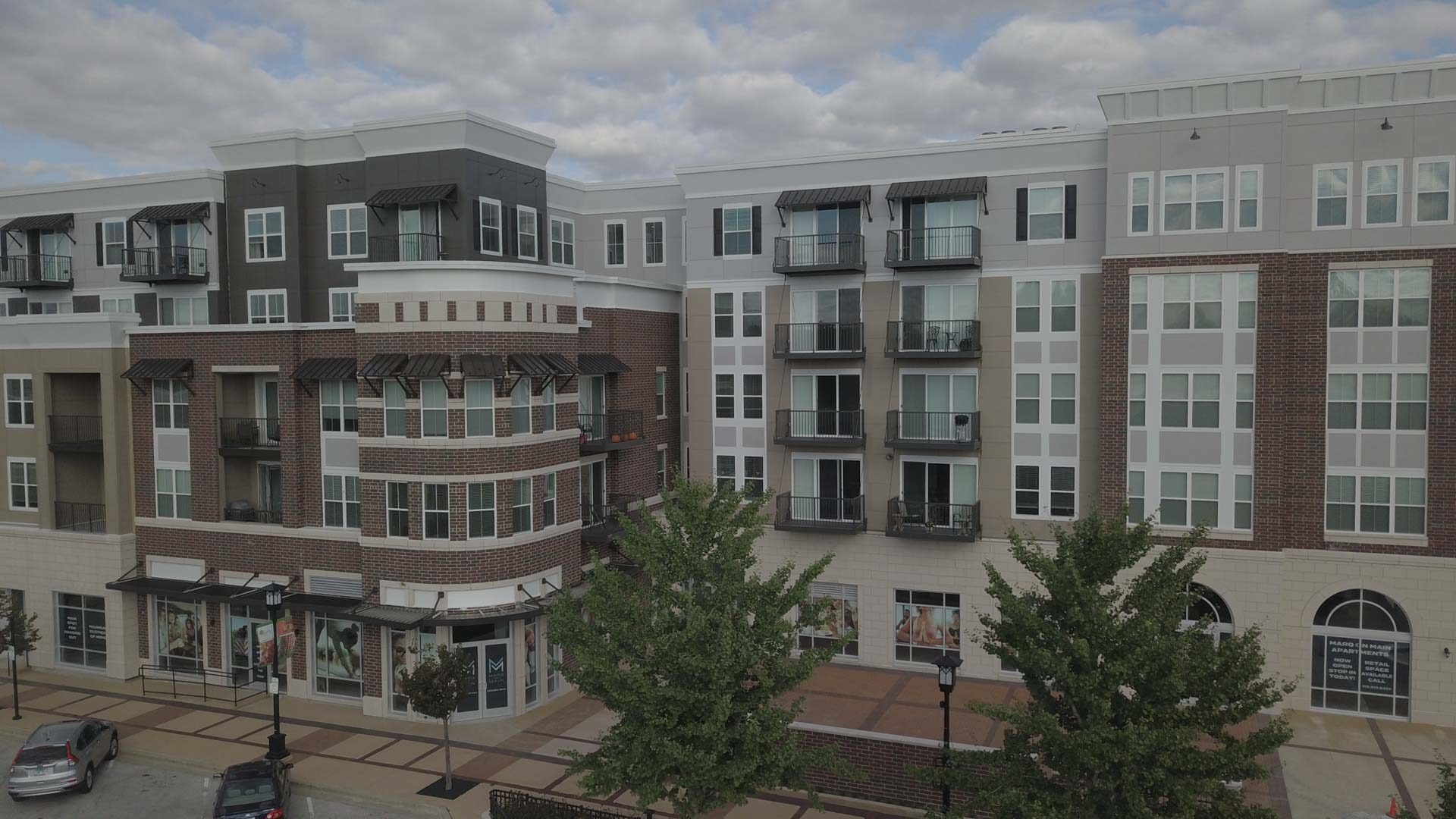One of the most challenging times to do masonry construction work is during the winter months. Equipment can be cold, conditions can be difficult and the risk of cold-related injuries can be high. Stay warm this winter with these 5 ways to keep warm on the construction site.
Have a Warm Break Area
On the cold construction site, a break can be almost useless if there’s not a proper place to warm up and re-energize. The break area should not be exposed to the elements and should have some kind of heater. For smaller projects, even a tent with a portable heater could help.
Layers of Clothing
The weather or working conditions cannot be controlled, but you do control what you wear! Make sure to dress in 2-3 layers of clothing. According to Construction World, the first layer should be moisture wicking material used to draw sweat away from the body. The second layer should be designed with breathable material to help insulate the body, like fleece. The last layer should be a waterproof and windproof jacket. The combination of layers should still be flexible to allow for the range of motion necessary for the job. Construction Pro Tips recommends having a variety of gloves on-hand as well as a neck gaiter for some extra warmth.
Tools to protect against the cold
Your trusty hammer and trowel are pretty great, but they won’t protect you from the cold! Here are some great tools that will help you stay warm enough to get the masonry job done:
- Pocket and Hand warmers
- Anti-fog spray so that you can wear goggles without your vision being clouded
- Car safety kit including water bottles, non-perishable foods; warm gloves, hats, a blanket, and other winter gear; a flashlight; and an ice scraper. (Winter Construction)
- Wrap around eye protection
- Boot dryer
Keep Dry and Have a Change of Clothes Handy
Construction Pro Tips says that “a pair of leg gaiters is a must-have shield in every proper suit of arctic armor. Leg gaiters keep the outside of your pants dry when you trudge through deep snow [and] also keep wind and snow from creeping up the inside of your pants.”
Keeping boots dry is important, as well, and you should dry your wet boots overnight using a boot dryer if they come into contact with water or snow. Wearing thick socks and having insulated boots can help keep your feet warmer, and it’s always a good idea to bring a few changes of socks with you.
Recognize the symptoms of cold stress
According to Princeton University Environment Health Safety, there are four factors that contribute to cold stress: “cold temperatures, high or cold wind, dampness and cold water.”
Some symptoms of mild to severe hypothermia include shivering, lack of coordination, slurred speech, pale and/or cold skin, reduced breathing, confusion, muscle stiffness, and sleepiness. Check here for a comprehensive list of symptoms. However, by taking the necessary precautions to working in the cold, you can stay safe and warm on the construction site.
